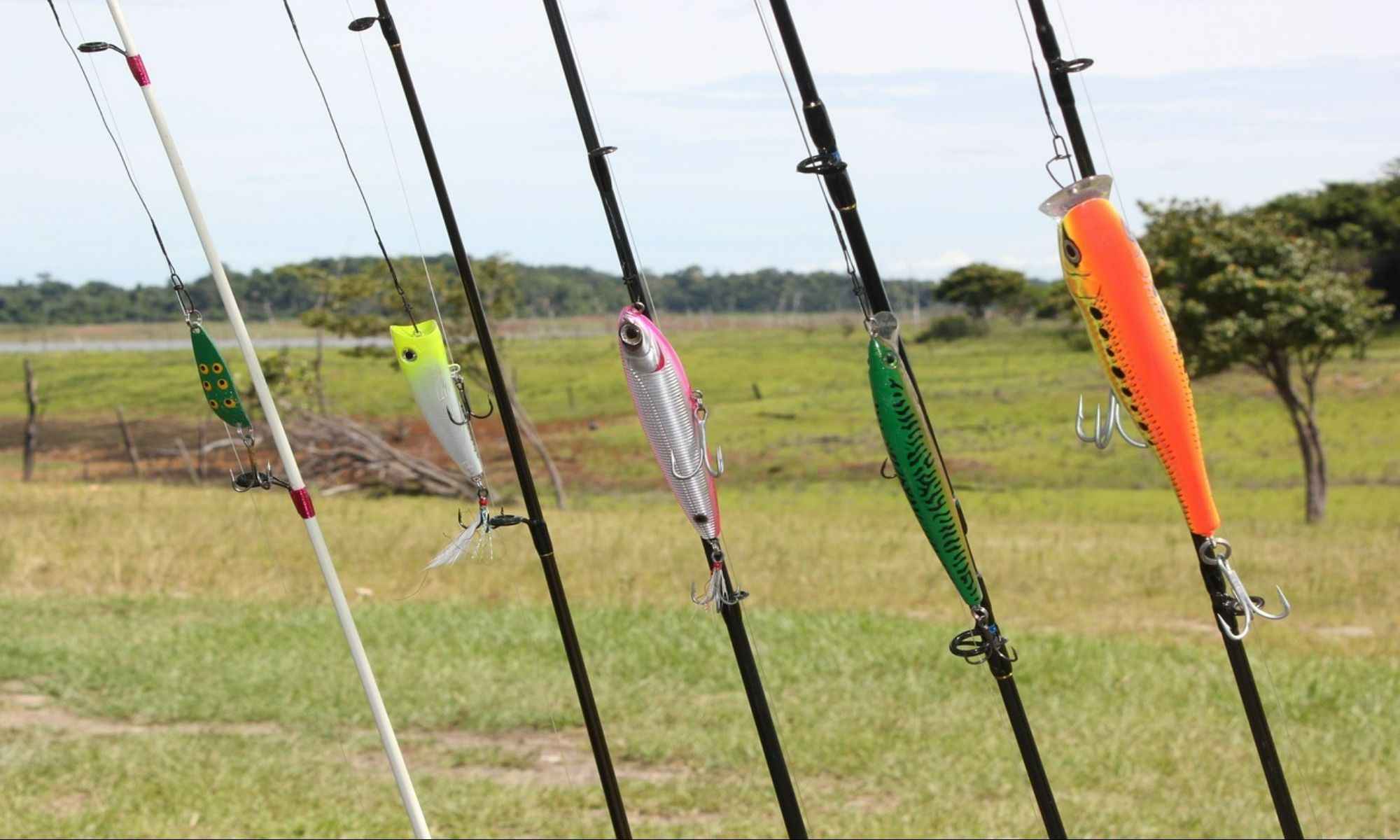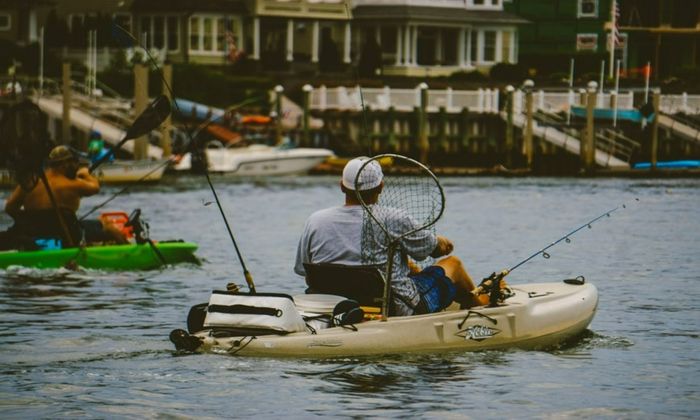Inshore Fishing: Everything a Beginner Should Know
Here are things that you should know about inshore fishing: from gears, fish species, and techniques.

Calmer waters and lighter tackle or baits make inshore fishing popular among beginners. The definition of inshore fishing may vary for each angler. However, it is generally based on the depth of the waters rather than the distance from the shoreline. Fishing from 15-20 feet deep in saltwater is considered inshore fishing. One of its main differences from offshore fishing is fishing holes on shallow waters along banks or a few inches from the shore.
Inshore fishing is a good choice for family fishing trips involving young children or anyone who has motion sickness and cannot tolerate offshore waves. You can take your boat up to a few meters from the shore and throw your lines in the shallow waters. There is an abundance of fish that you can catch through inshore fishing, and this guide will show you the different types and techniques of inshore fishing.
What Are the Types of Inshore Fishing?

1. Wade Fishing
Wade fishing is the most basic inshore fishing because you need a rod, bait, and fishing outfit. Instead of using a boat, you will walk a few inches from the shores and start casting your line in the wading waters.

2. Kayak Fishing
Kayaks are narrow boats with elevated seats for increased field of vision. These boats have sufficient storage room for gear, rods, and leg space. Nowadays, kayaks feature multiple holder seats for kids. Using a kayak on shallow waters will help your children enjoy their first fishing experience.
3. Surf Fishing
Like wade fishing, you don't need a boat in surf fishing. You can plant your rod in the sand and hook bait onto it. Once your rod gives off a tug, you can start reeling in the fish.
What Gear Do You Need for Inshore Fishing?
1. Bait
Bait helps the hook drive into the fish mouth, making it easier to catch them. Its quality usually dictates the success of your fishing trip. Most schools of fish prefer live bait that gives off pungent odors when underwater.
2. Outerwear
Sun exposure and strong winds may cause harm to your skin if you do not dress accordingly. Outerwear protects you while waiting on the shorelines for fish. Trusty swimming trunks or fishing vests can be good investments to help you keep safe and fresh while fishing inshore.
3. Rods
Your rod connects your hook and the line, helping you catch fish easier. The quality of the rod also determines the weight of the bait you can use. For inshore fishing, anglers usually use rods measuring 6.5 to 8 feet, but you can also customize it according to your preference.
What are some popular inshore fish species?
Inshore fishing rewards anglers with diverse fish species. You will be surprised to catch trophy fish, sneaky swimmers, and delicious bottom fish. Here are some of the popular saltwater fish caught through inshore fishing:

1. Redfish
A staple fish caught in any streams connected to the Gulf and Atlantic Waters. Many anglers know redfish by red drum because of their sounds during spawning.
2. Flounder
The South's native bottom feeder, flounder, is a go-to fish for inshore anglers. You can catch this fish all year round with the help of almost all sorts of bait.
3. Spotted Seatrout
Spotted seatrout is popular among beginners because they do not fight too hard on the line. You can catch this fish along shallow waters of the Gulf Coast during spring until fall.
Popular Inshore Fishing Techniques
Ready to catch these fish on your next inshore fishing trip? These techniques can help you do that!
1. Drift Fishing
Instead of constantly paddling in search of schools of fish, you let the current drag your boat along while you cast your line. Once you feel a bite, you can start reeling in. The currents from the shore are not that strong compared to deeper waters to align your boat correctly and let the winds do the rest.
2. Bottom Fishing
Targeting bottom fish can be a delightful experience and a delicious one after catching a heavy flounder or other bottom fish. You target an area where bottom feeders usually group up, throw in your anchor, and then cast your line. Using the bottom fishing technique, you can quickly fill your freezer.
3. Bowfishing
Are you looking for a new thrill while inshore? Try using a bow and arrow to catch fish. You can do it on a boat or foot after moving a few inches away from the shore. The specialized arrows will have a reel connected to the bow, so you can pull it back even if you miss your shot.
Inshore fishing and bowfishing produce excellent access because it lets you see your target. Your shooting targets will not be swimming fast enough to dodge an arrow so that you can put out a few practice shots. You can also try this fishing method in the evening for a bit of challenge. However, be sure to pack light or a lamp to guide you.
4. Flounder Gigging
Gigging is a whole new way to catch flounders, one of the best bottom-feeder fishes. It is simple, exciting, and enjoyable for beginners. Throughout the Gulf Coast, you can see many anglers using this technique to fill in their boats with lots of flounder.
A gig is usually a customized spear to stab the flounder ranging from 8 to 15 feet. Like bowfishing, you can attach a line to the gig so you can get it back even if you miss your shot.
Moreover, Flounder Gigging is usually done early in the morning to help you see your targets but can also be done later in the afternoon or the evening.
The Takeaway
Whether for your families' first fishing trip or just for your personal experience, inshore fishing is a great way to see the fish up close to the shore. Before venturing out to deeper waters, you can practice your fishing techniques here.




